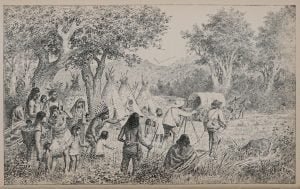Colonial Records of North Carolina, 1734-1752
The fourth volume of the Colonial Records of North Carolina scrutinizes the long administration of Governor Gabriel Johnston in North Carolina (1734-1762), challenging his traditionally positive reputation.

















